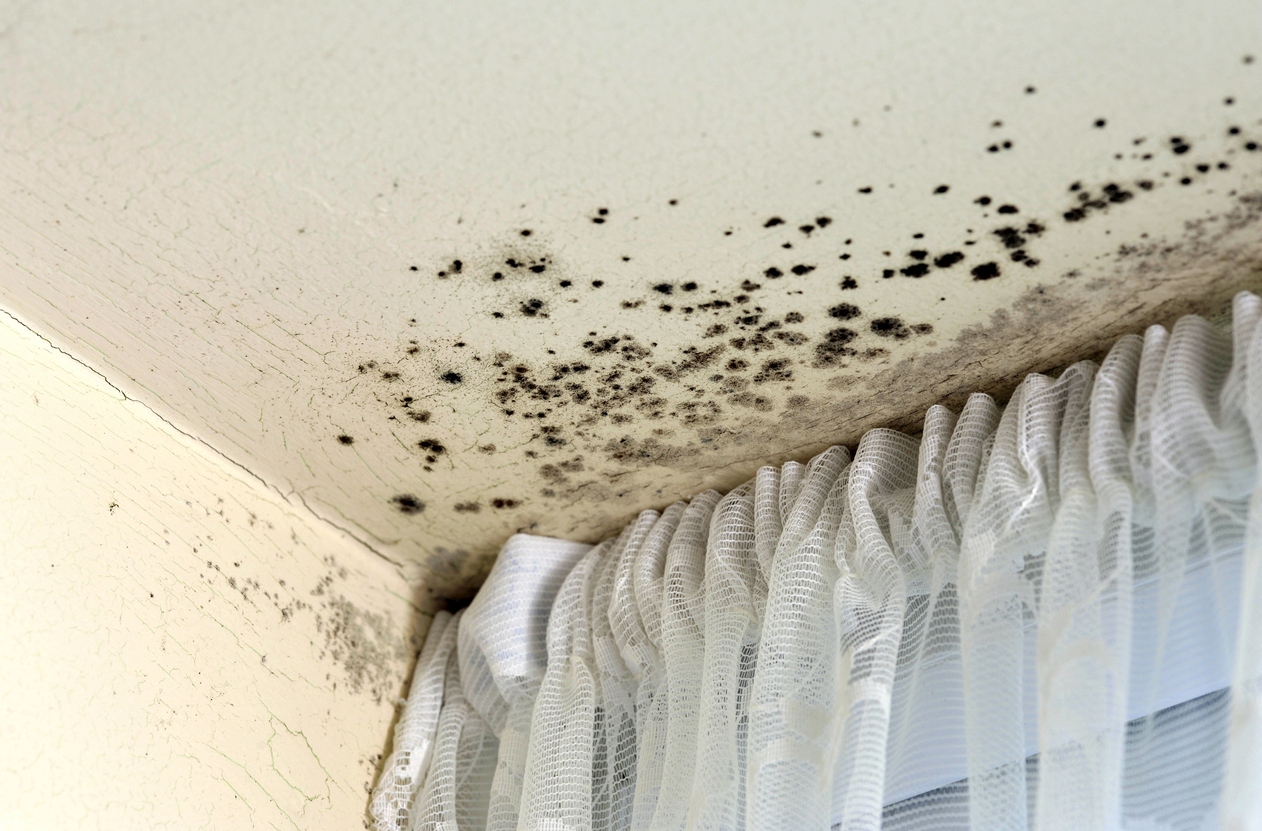Ombudsman says landlords are ‘finding their silences’ as complaints rise on damp and mould and changes need to embed
8 November 2023
The Housing Ombudsman is sharing lessons from damp and mould casework it has investigated in recent months, two years after it published its Spotlight report, It’s not lifestyle. It is an opportunity for the sector […]

The Housing Ombudsman is sharing lessons from damp and mould casework it has investigated in recent months, two years after it published its Spotlight report, It’s not lifestyle. It is an opportunity for the sector to not just learn from severe maladministration findings, but also from no maladministration and others.
The Ombudsman continues to handle rising number of complaints with 5,398 damp and mould complaints coming to the Ombudsman in 2022/23. This includes cases that made it to formal investigation, as well as cases it handled in its Dispute Support stage.
Key themes highlighted by the cases are references by the landlord to the resident’s lifestyle, and poor records hampering what was quick initial action by the landlord. Whilst there are landlords mentioned below, the Ombudsman saw plenty of cases with similar failings.
Included in the cases are:
- How Reading Borough Council (202104235) did not take the right tone with a resident and mentioned lifestyle. Throughout the complaint, the landlord was often defensive and used language that inferred blame instead of tackling the very apparent structural issue. The Ombudsman found maladministration for this case as there were unreasonable delays by the landlord, and it missed opportunities to act sooner, causing the resident additional stress and inconvenience.
- A no maladministration case with Riverside (202220692) in which prompt repairs and inspections took place following reports of damp and mould. When the landlord was notified of health implications, it responded accordingly and treated the repairs as urgent. The resident was also kept up to date with repairs and expectations were managed about some of the replacements needed. Post-repairs inspections also took place in good time and there were minimal delays throughout.
- A maladministration case involving a resident with young children living in a damp property. The landlord, Guinness Partnership (202208547), failed to properly risk assess the situation, follow up to ensure the issue was resolved and keep in regular contact and update the resident. Whilst it was limited in the actions it could have taken to treat the underlying causes, it delayed too much in seeking alternative options such as a move, despite the resident repeatedly talking about her children’s health.
- A failure by Tower Hamlets Homes (202217568) to take a proactive approach to the damp and mould in a resident’s home. The resident was forced to email nearly ten times in one month to get an answer from the landlord about what actions they were taking, in which she described the mould getting worse. There were also numerous delays in getting the leak that caused the damp and mould sorted, with varying accounts of repairs being done.
- How speedy action by Broxtowe Borough Council (202219034) was apparent but those actions were undermined by poor records. On top of this, the compensation offered was reduced as the landlord considered the resident was to blame. Whilst visits to the home were carried out promptly, repairs records were not kept which considering that the resident was pregnant and the issue was severe, was not appropriate.
Spotlight on… damp and mould report
One year on follow up report: Damp and mould
Richard Blakeway, Housing Ombudsman, said: “Two years since we published our in-depth Spotlight report on damp and mould – and a year on from the landmark inquest into the avoidable death of Awaab Ishak – we are seeing an unprecedented focus by landlords on strengthening their handling of these cases.
“Overall, it is clear from landlord’s compliance with our orders that there is stronger leadership, better training, more use of technology and greater investment into tackling the root causes of damp and mould. However, landlords actions can be undermined by common failings, particularly inconsistency, ineffective diagnostics, repair delays and poor communication.
“The number of complaints we handle about damp and mould continues to rise and we believe this reflects landlords making it easier for residents to report issues – finding their silences – and the complexity of some of the problems that landlords are handling.as well as changes taking time to embed.
“Central to our recommendations for the sector is cultural and behavioral to ensure damp and mould is treated urgently and proactively. While there is encouraging progress without sustained leadership there remains the risk momentum could be lost given other competing pressures.
“I would encourage landlords should familiarise themselves with our decisions on this fundamental issue and participate in our Centre for Learning e-learning to get a better understanding of how to develop their approach.”
The Housing Ombudsman’s Centre for Learning is running a series of damp and mould workshops so that landlords can learn the lessons from our previous Spotlight reports on the topic. These are free to member landlords. Book your place here.
